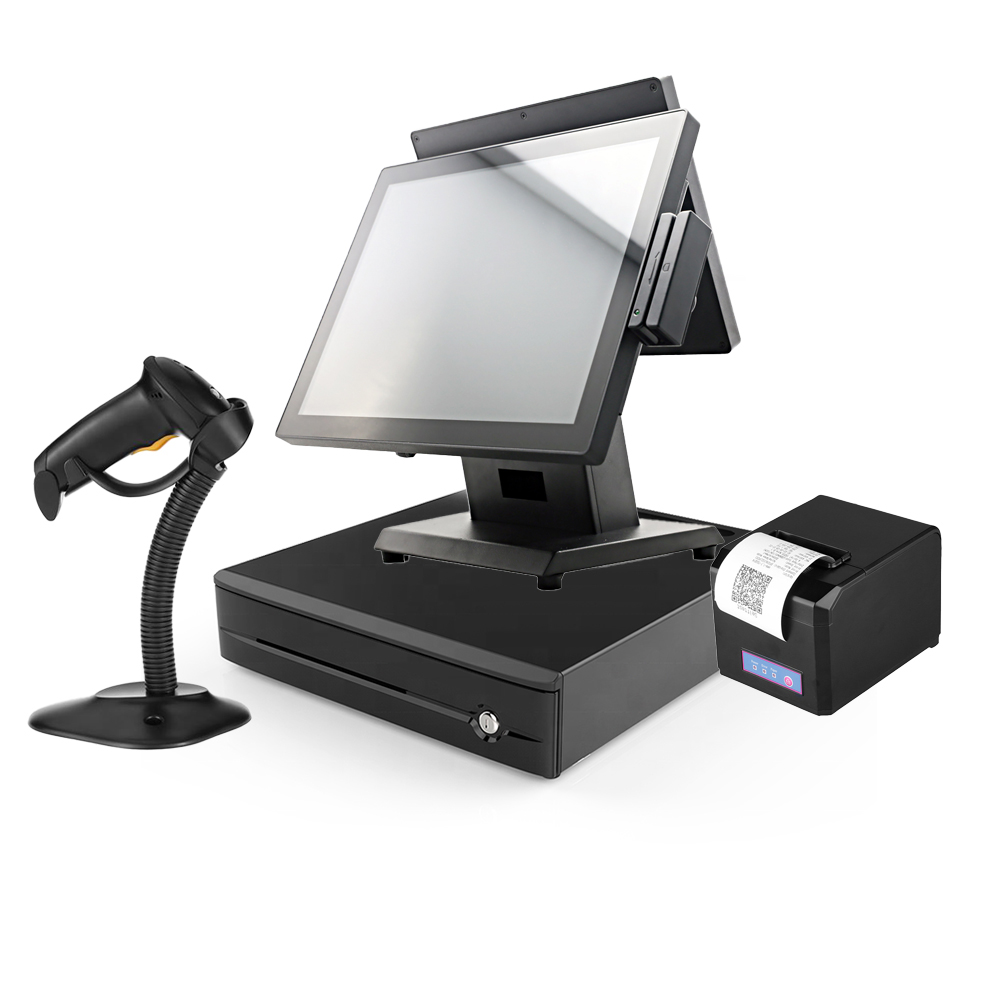Why more restaurants are choosing Restaurant POS Software in 2025
How POS System Works: A Comprehensive Guide for Entrpreneurs
:max_bytes(150000):strip_icc()/point-of-sale-d7756dcc6dec420ea8d8f74383072a70.jpg)
Understanding the Parts of a POS System

Exactly How Sales Transactions Are Processed
When a consumer makes a decision to buy, the sales deal launches a series of methodical actions within the POS system. First, the cashier inputs the things being purchased, which are scanned with a barcode reader or manually entered. This activity obtains product information, consisting of rates and appropriate tax obligations, from the system's database.Next, the client is provided with the total quantity due. The POS system after that processes the payment, whether via cash, credit rating card, or mobile repayment approaches (Restaurant POS Software). For electronic repayments, the POS securely interacts with settlement cpus to authorize and verify the transaction.Once the settlement is validated, the system generates a receipt, which can be published or sent digitally. This invoice works as evidence of acquisition for the consumer. The purchase data is tape-recorded in the system, ensuring accurate sales documents and monetary tracking for the company.
Inventory Management and Tracking

Efficient stock administration and monitoring are essential elements of a POS system, as they ensure that services keep optimal supply degrees and reduce discrepancies. A robust POS system allows for real-time supply updates, mirroring sales and returns instantly. This allows local business owner to check supply levels properly, making sure that popular products are easily offered while preventing overstocking of less prominent products.Additionally, advanced POS systems supply attributes such as computerized stock signals and reorder pointers, enhancing the procurement procedure. Barcoding and RFID modern technology improve accuracy in tracking inventory activity, minimizing human error. Extensive coverage devices offer understandings right into supply turnover prices, aiding businesses make notified decisions about acquiring and item offerings. Inevitably, efficient inventory monitoring with a POS system not just improves operational effectiveness yet also improves consumer satisfaction by making certain product availability.
Evaluating Customer Data and Insights
Customer data evaluation functions as an effective device for services using a POS system (Restaurant POS Software). By analyzing and gathering purchase Get More Information data, companies can uncover useful insights concerning consumer behavior and choices. This analysis allows them to determine buying patterns, peak purchasing times, and popular items, consequently informing stock choices and advertising strategies.Additionally, services can section their customer base, enabling individualized advertising and marketing efforts that accommodate specific demographics or buying practices. Understanding consumer commitment patterns also helps in creating targeted promos and benefits programs.The data gleaned from a POS system can additionally expose insights into consumer comments, enabling businesses to make educated decisions relating to product offerings and solution renovations. Eventually, leveraging consumer information properly can boost the general purchasing experience, foster consumer contentment, and drive profits growth
Benefits of Applying a POS System

Often Asked Inquiries
What Sorts Of Services Can Take Advantage Of a POS System?
Different businesses take advantage of a POS system, including retail shops, dining establishments, salons, and ecommerce systems. These systems improve transactions, inventory monitoring, and consumer information, improving functional performance and boosting client experience throughout varied sectors.
Just how Much Does a POS System Commonly Expense?
The price of a POS system generally ranges from a couple of hundred to a number of thousand bucks, depending on attributes, hardware, and software application. Services should take into consideration continuous charges for assistance, maintenance, and transaction handling when budgeting.
Can I Incorporate a POS System With Existing Software Program?
Integrating a POS system with existing software program is commonly viable. Numerous systems provide APIs or built-in compatibility attributes, permitting services to simplify procedures and boost capability by attaching various software applications properly.
What Training Is Needed for Team to Utilize a POS System?
Educating for personnel to utilize a POS system usually includes understanding software application capabilities, refining purchases, taking care of stock, and dealing with customer communications. Practical presentations and hands-on session enhance proficiency and self-confidence being used the system effectively.
What Happens if the Net Decreases While Using a POS System?
If the net decreases during POS system use, deals might be interrupted. Lots of systems use offline capabilities, enabling fundamental operations to continue, but complete performance, consisting of real-time inventory updates, will be restricted. A Factor of Sale (POS) system is composed of a number of key parts that function with each other to promote purchases and take care of business operations. Reliable stock management and tracking are vital parts of a POS system, as they guarantee that services maintain ideal stock degrees and minimize inconsistencies. Consumer data analysis offers as a powerful useful site tool for organizations using a POS system. Understanding consumer loyalty patterns likewise aids in creating targeted promotions and benefits programs.The information amassed from a POS system can additionally expose insights into consumer feedback, making it possible for services to make informed decisions relating to item offerings and solution improvements. Carrying out a POS system offers many benefits that can considerably improve service procedures.